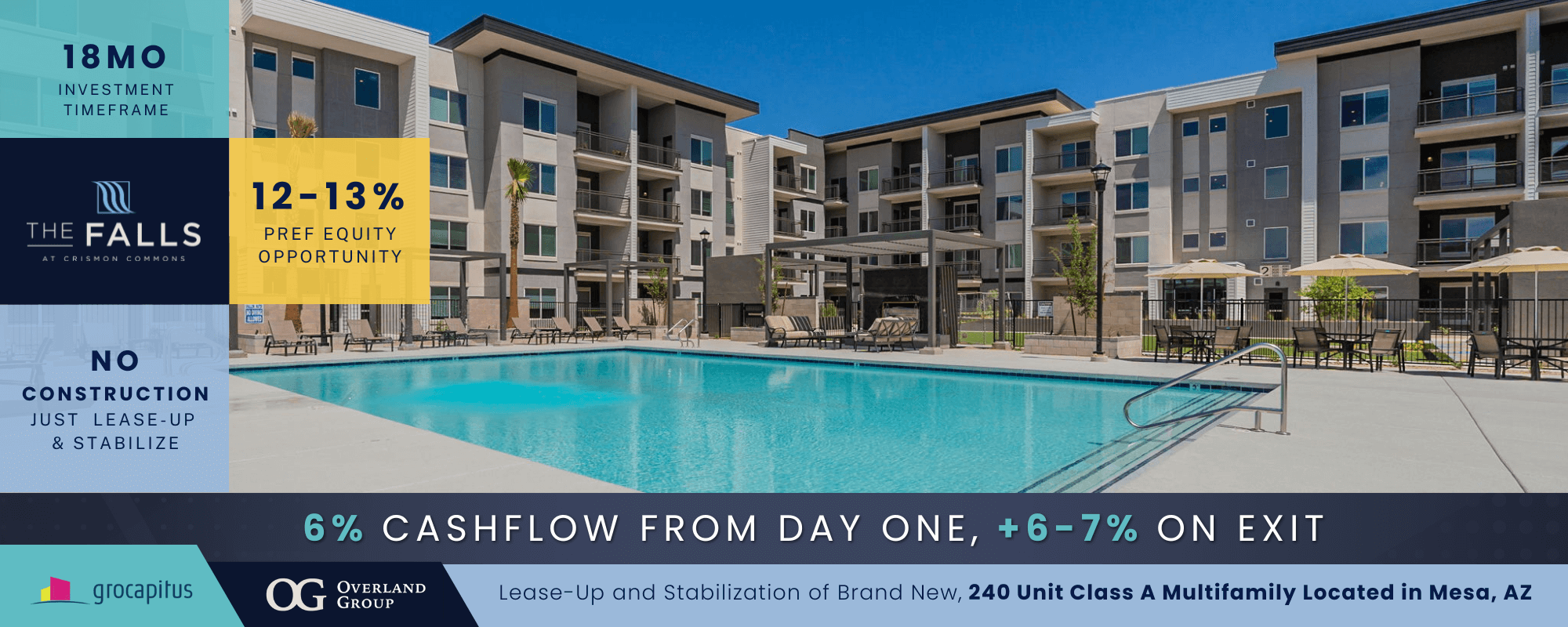The Power of Data Science in Real Estate
Neil Bawa is a data scientist by profession and has over 14 years of experience in the tech industry. And later in life, he realized that investing in real estate will make him pay fewer taxes. With that, he was able to data science algorithms to figure out the best cities and neighborhoods in the US. His love for data impacted their profits and the result is a billion dollars invested spread across 10 states.
The Evolution of Institutional Real Estate Investing
Ever since the pandemic struck, large institutions with 10 billion $ to 100 billion $ in investable capital had been forced to go lower down than just Class A properties for (2) two reasons.
- Class A used to be a five-cap product – Class A is now 3.5% cap which means that you are paying 30 – 50% more for a Class A on a per-door basis. Therefore the spread for cap rates between property classes is too thin to be noticeable.
- Lack of Product – The lack of supply is not only on the Class B and Class C properties but also on the Class A side. What used to be B and C properties for syndications and Class A for institutional investing, is now a free-for-all.
Taking Advantage of the Demand Supply Gap in Smaller Markets
Typically, syndicators are fixated on existing buildings and they fail to see why buildings are growing in value in some areas and not as much in other areas and it has to do with the cost of construction per unit. In 2017-2018 the cost of building is 200,000$ per unit. And in smaller markets, it is impossible to build new buildings because, in these areas, rent rates have not yet risen.
With that said, there is a demand-supply gap of $450/unit in these smaller markets in terms of rental rates which presents itself as an opportunity. ‘Cause, it is only a matter of time before developers enter the competition in the form of new building constructions with increasing rent rates as a catalyst.
What Limited Partners Should Know Before They Get into the Game?
Neal discussed in the podcast that Limited Partners should be able to know how to experiment by taking two steps forward and one step back and sometimes taking one step forward and two steps back. This only proves that an investor is only human and can only grasp knowledge and wisdom through experiencing the real estate market itself.
Who is Neil Bawa?
Neal Bawa is CEO / Founder at UGro and Grocapitus, two commercial real estate investment companies. Neal’s companies use cutting-edge real estate analytics technology to source and acquire OR build large Commercial properties across the U.S., for over 800 investors. The current portfolio of over 4800 units, with an AUM value (upon completion) of over $1 Billion.
Neal shares his team’s unique and cutting-edge real estate data methodologies to connect with geeky and nerdy (or just data-driven) investors who share his vision – That Data beats gut feel by a million miles. Over 10,000 real estate investors have taken his free Real Estate Data Analytics course on udemy.com and the course has over 1000 five-star reviews.
Neal speaks at dozens of real estate conferences across the country and virtually, on the Internet. Over 5,000 investors attend his multifamily webinar series each year and hundreds have attended his Magic of Multifamily boot camps. His Facebook and meetup groups have tens of thousands of investors.
Neal believes that we are at a turning point, where traditional commercial real estate will combine with Proptech and Fintech technology disruptors, and will truly reach its potential as a tradable, highly liquid asset class that will rival and eventually beat the stock market in its size and scope. He also believes that the Build-to-rent will become a much larger and more profitable part of the Multifamily asset class over the next 5 years, due to its uniquely desirable characteristics. Neal’s vision is to combine the Build-to-rent asset class with fractionalization to democratize commercial real estate.




